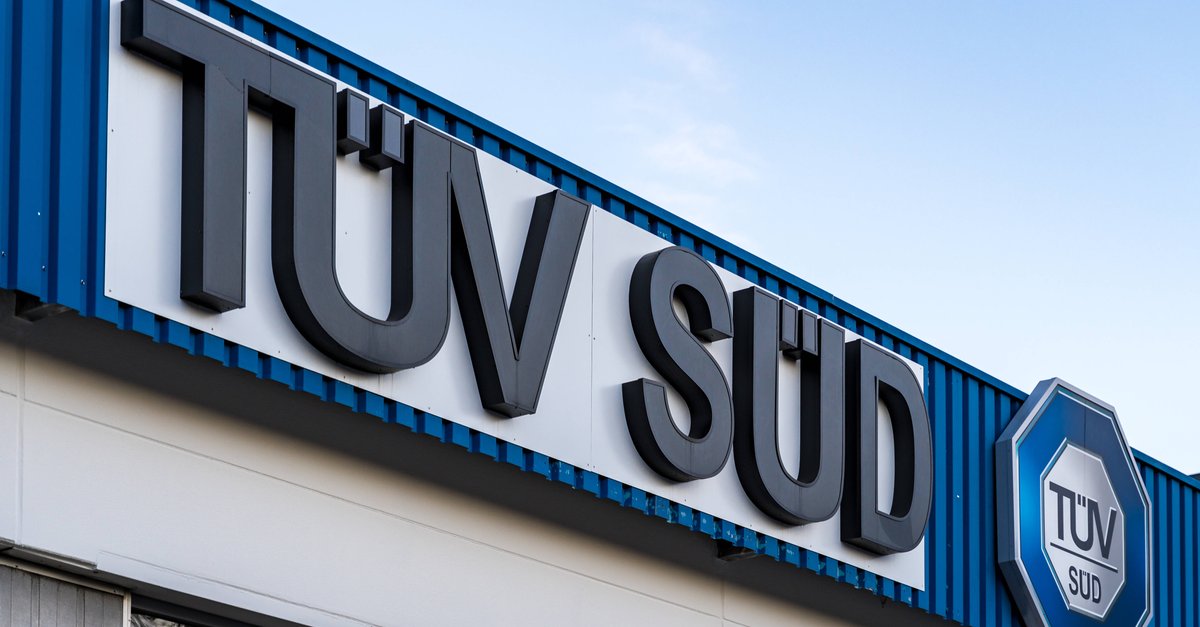What does TÜV stand for? Explanation and word origin
TÜV – everyone has probably heard or read this abbreviation before, but what does it actually mean? We reveal it in this article.
Whether during the main inspection of the car or when testing products – the term “TÜV” is widespread and we encounter it again and again, whether we are car owners or not. What does the TÜV stand for and what is its task? In this article we get to the bottom of the abbreviation “TÜV” and explain what it means.
At the TÜV, safety in the car comes first. You can find out how you can also survive traffic safely in the video.
Contents
What does TÜV stand for?
TÜV is the abbreviation for “Association for Technical Inspection”. It is an institution that was founded in Germany and is now based in various countries around the world. The origins of the TÜV organizations lie in the safety testing of steam boilers in the 19th century. Today, the TÜV has developed into a versatile testing and certification service provider and is active in many areas.
What are the tasks of the TÜV?
One of the main tasks of the TÜV is Monitoring the technical safety of products, systems and services. This includes, for example, vehicles, machines, buildings and electronic devices. The TÜV checks whether these products and services comply with legal regulations and safety requirements. This is intended to protect consumers from danger and damage.
Another focus of the TÜV is the Testing and certification of management systems. These include, for example, quality and environmental management systems. The aim is to support companies in optimizing their processes and meeting the requirements for the quality and environmental compatibility of their products and services.
These cars would probably not get through the TÜV.
What do you need the TÜV seal for?
The TÜV badge is known to many drivers. She serves as Proof of the successful main inspection (HU), which must be carried out at regular intervals. The vehicle is checked for roadworthiness. The main inspection is intended to ensure that vehicles meet the legal requirements and are therefore safe on the road. If the vehicle successfully passes the HU, it receives the TÜV sticker, which is attached to the windscreen and has an expiration date. The cost of a general inspection is borne by the car owner himself.
Examples of various TÜV inspections
- Building Inspections: TÜV inspections can also be carried out for buildings and structures. This involves checking fire protection and safety equipment, such as fire extinguishers, smoke detectors or sprinkler systems.
- Testing of industrial plants: Large industrial plants that produce or process heavy or hazardous materials must also be regularly inspected by TÜV experts to ensure they comply with applicable safety and environmental standards.
- Recreational equipment review: Recreational and sports equipment such as roller coasters, Ferris wheels and climbing parks must also be regularly inspected by TÜV experts to ensure they are safe and meet safety standards.
- Testing of medical devices: TÜV examinations can also be used in the medical industry, for example to check X-ray and CT devices or medical implants.
Don’t want to miss any more news about technology, games and pop culture? No current tests and guides? Then follow us Facebook or Twitter.



